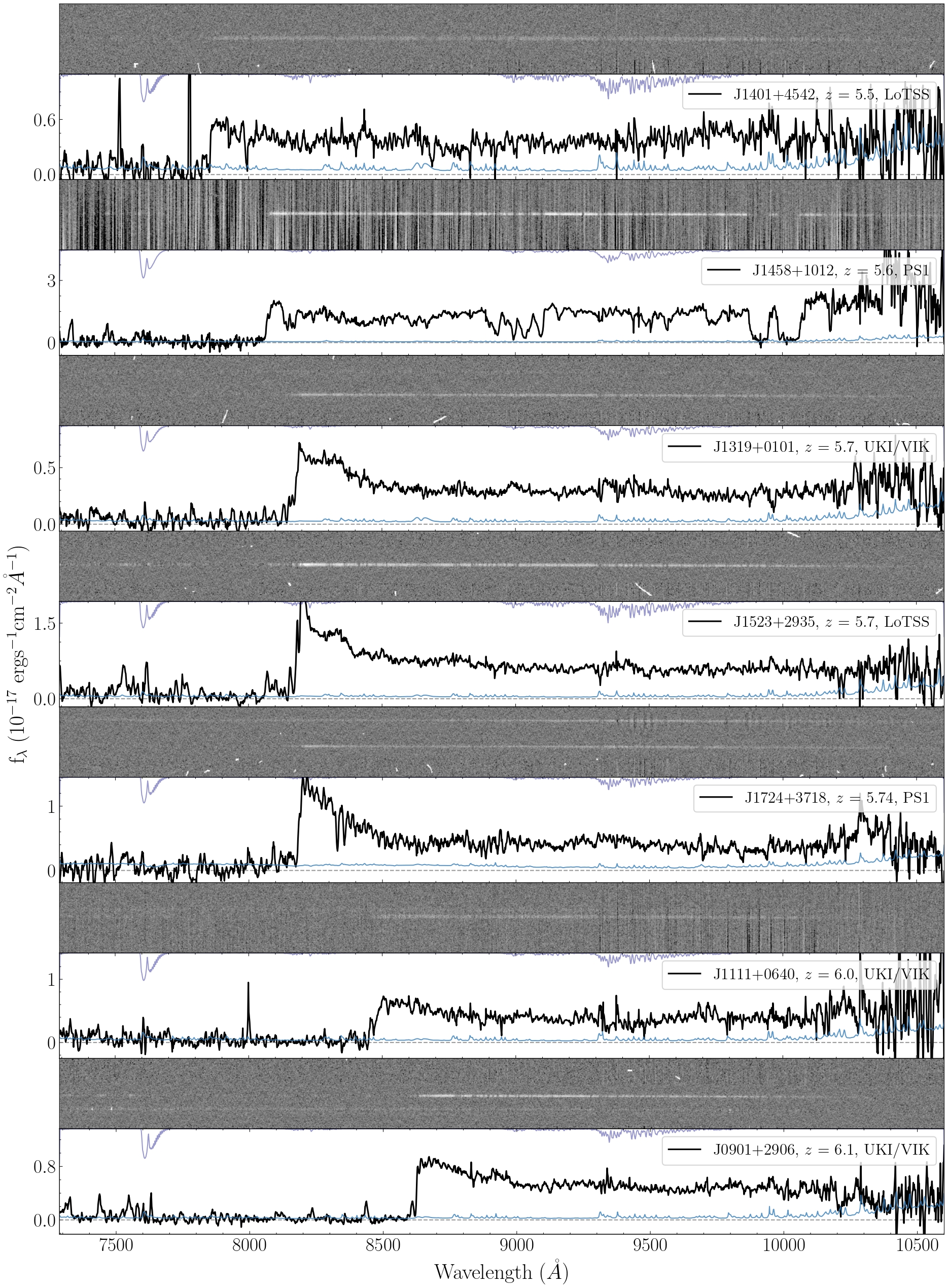High-z quasar archive
 The advent of Euclid will revolutionize the field of high-z quasar. But several questions remain to be answered before we can effectively work with this space telescope. Firstly, how to select quasar candidates efficiently in an IR survey? Secondly, what are the optimal instruments and observing strategy for spectroscopic follow-up?
The advent of Euclid will revolutionize the field of high-z quasar. But several questions remain to be answered before we can effectively work with this space telescope. Firstly, how to select quasar candidates efficiently in an IR survey? Secondly, what are the optimal instruments and observing strategy for spectroscopic follow-up?
In 2022, advised by Prof. Joseph Hennawi, Dr. Riccardo Nanni and Dr. Jan-Torge Schindler, I tried to answer these questions by reducing and examining spectroscopic data of 176 high-z quasar candidates taken with the Keck Observatory in the past three years. These candidates are from various different searches with different surveys and selection methods. Nearly half of the candidates are selected with the method XDHZQSO. We use the package PypeIt to reduce the data. Among them, 7 candidates are new z~6 quasars, and 51 candidates are classified as brown dwarfs. We summarize the reduction and classification results in a catalog named "high-z quasar candidate archive".
 With this archive, we investigated the contaminant population in relative flux spaces.
We found that our observed brown dwarfs are not consistent with current brown dwarf models
used in quasar candidate selection methods, implying a potential deficiency of the modeling.
With this archive, we investigated the contaminant population in relative flux spaces.
We found that our observed brown dwarfs are not consistent with current brown dwarf models
used in quasar candidate selection methods, implying a potential deficiency of the modeling.
we also simulated the observations of fainter and more distant quasars using the information in the archive.
By doing so, we predicted the required exposure time to confirm a random quasar with three different Keck instruments
in a given seeing. These findings provide guidance for candidate selection and the strategy of spectroscopic follow-up observation in future quasar search.